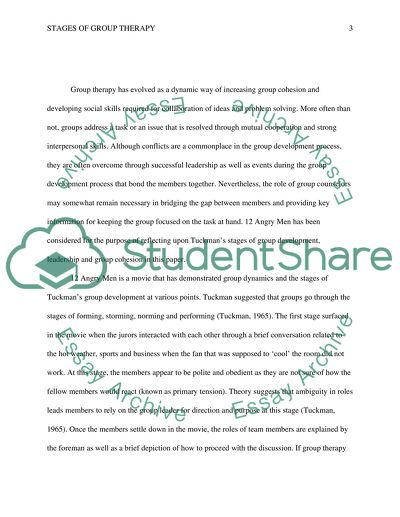Cite this document
(“Stages of group therapy Essay Example | Topics and Well Written Essays - 1000 words”, n.d.)
Stages of group therapy Essay Example | Topics and Well Written Essays - 1000 words. Retrieved from https://studentshare.org/psychology/1483724-stages-of-group-therapy
Stages of group therapy Essay Example | Topics and Well Written Essays - 1000 words. Retrieved from https://studentshare.org/psychology/1483724-stages-of-group-therapy
(Stages of Group Therapy Essay Example | Topics and Well Written Essays - 1000 Words)
Stages of Group Therapy Essay Example | Topics and Well Written Essays - 1000 Words. https://studentshare.org/psychology/1483724-stages-of-group-therapy.
Stages of Group Therapy Essay Example | Topics and Well Written Essays - 1000 Words. https://studentshare.org/psychology/1483724-stages-of-group-therapy.
“Stages of Group Therapy Essay Example | Topics and Well Written Essays - 1000 Words”, n.d. https://studentshare.org/psychology/1483724-stages-of-group-therapy.


